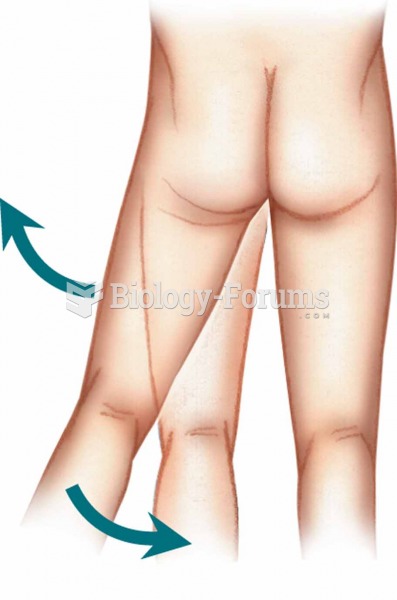Answer to Question 1
Greece dominated or greatly influenced its Balkan and Middle Eastern neighbors in ancient times, and, in turn, it was conquered and ruled by the Turkish Ottoman Empire for four centuries in the modern era. These hundreds of years of Greek and Turkish hegemony facilitated the spread of products, especially foods, throughout the region and stretched cultural influence to both the southern states of the former Soviet Union and to North Africa.
The cooking of Greece and Turkey has evolved through an extensive exchange of ingredients and preparation techniques. Both cuisines feature more meat (especially grilled), fish and seafood, cheese, butter, and olive oil than in the fare of neighboring Middle Eastern countries. Both the Greeks and Turks prefer using flatware to fingers when eating.
Answer to Question 2
Underweight is far less prevalent than overweight, affecting about 2 percent of U.S. adults. Whether the underweight person needs to gain weight is a question of health and, like weight loss, a highly individual matter. People who are healthy at their present weight may stay there; there are no compelling reasons to try to gain weight. Those who are thin because of malnourishment or illness, however, might benefit from a diet that supports weight gain. Medical advice can help make the distinction.
The person who wants to gain weight should use resistance training primarily. As activity is increased, energy intake must be increased to support that activity. Eating extra food will then support a gain of both muscle and fat.
Energy-dense foods (the very ones eliminated from a successful weight-loss diet) hold the key to weight gain. Pick the highest-kcalorie items from each food groupthat is, milk shakes instead of fat-free milk, peanut butter instead of lean meat, avocados instead of cucumbers, and whole-wheat muffins instead of whole-wheat bread. Because fat contains more than twice as many kcalories per teaspoon as sugar does, fat adds kcalories without adding much bulk.
People wanting to gain weight should eat at least three healthy meals a day. It is also important for the underweight person to learn to eat more food at each meal: have two sandwiches for lunch instead of one, drink milk from a larger glass, and eat cereal from a larger bowl. Expect to feel full. Because a substantially higher energy intake is needed each day, in addition to eating more food at each meal, it is necessary to eat more frequently. Between-meal snacking offers a solution. Beverages provide an easy way to increase energy intake. Consider that 6 cups of cranberry juice add almost 1000 kcalories to the day's intake. kCalories can be added to milk by mixing in powdered milk or packets of instant breakfast.







